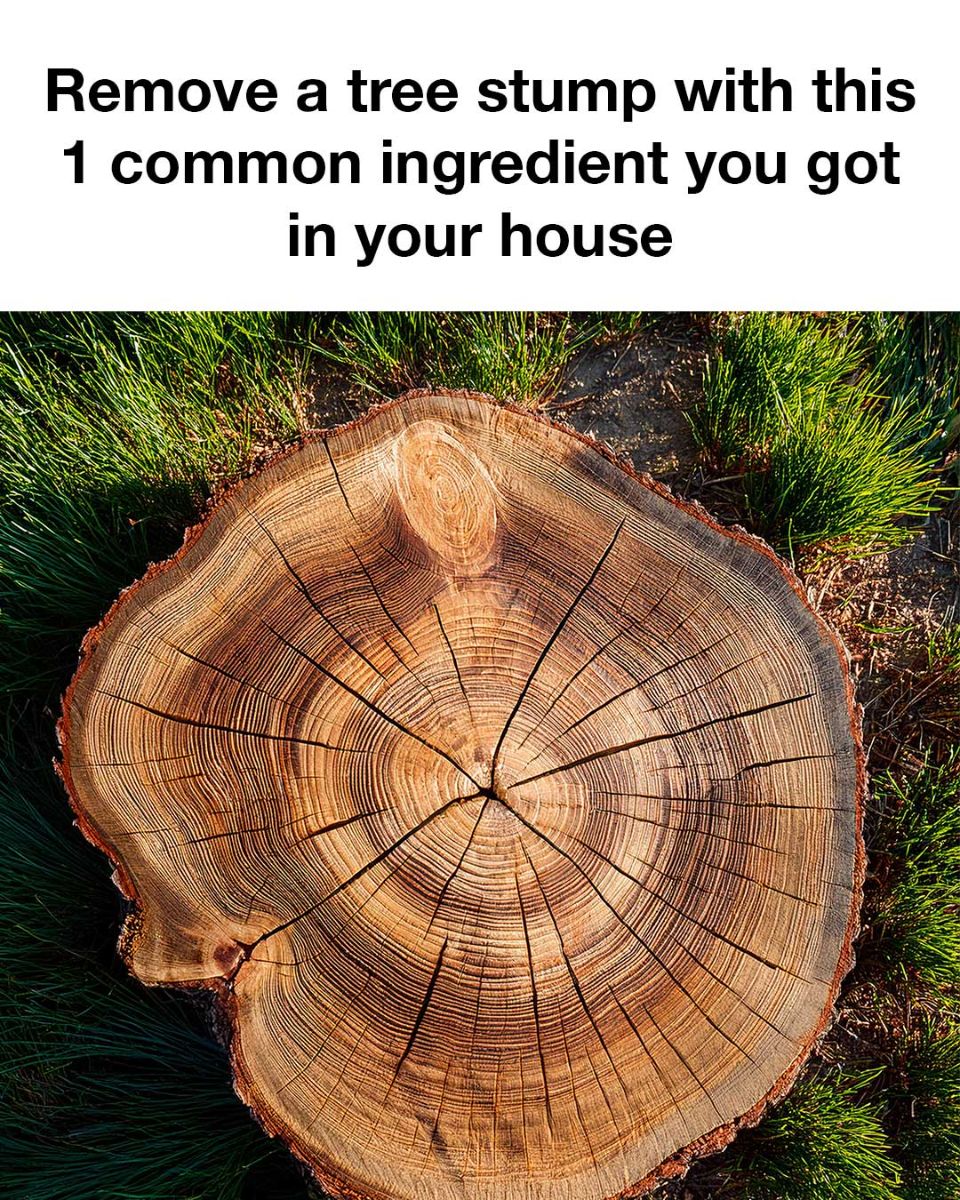1. Drill Holes: Start by drilling holes into the top surface of the stump. Space them a few inches apart and make sure they are at least 12 inches deep.
2. Fill with Epsom Salt: Fill each hole with Epsom salt.
3. Add Water: Pour water into each hole to dissolve the salt. It’s important to saturate the stump to help the salt penetrate the wood.
4. Cover the Stump: Place a tarp or plastic sheet over the stump to protect it from rain and to ensure the salt stays inside the holes.
5. Wait: Allow several weeks for the salt to work. During this time, the Epsom salt will decompose the wood, making it easier to remove manually.
6. Remove the Stump: Once you see the stump starting to break apart, use a shovel or an axe to remove the decomposed wood.
Safety Precautions to Consider
When using Epsom salt to remove a tree stump, always wear protective gloves and eyewear to prevent salt from getting into your eyes or causing skin irritation. Ensure that pets and children are kept away from the treated area, especially during the initial application. If you are using power tools like drills, take care to follow the manufacturer’s safety guidelines.
Additional Tools You Might Need
To make the process smoother, you might need some additional tools, including:- A power drill with a long bit
– A tarp or plastic sheet
– A sturdy shovel
– A hand axe or hatchet
– Protective gloves and eyewear
Benefits of Using This Method
Using Epsom salt for tree stump removal is an eco-friendly, cost-effective, and straightforward method. It avoids the need for harsh chemicals, reduces the physical labor involved in mechanical removal, and doesn’t require the handling of heavy machinery. Most importantly, Epsom salt is a common household item, making this method easily accessible and convenient.
Alternative Methods and Their Effectiveness
Alternatives to Epsom salt include chemical stump removers, manual digging, and stump grinding. Chemical removers can be effective but come with the risk of environmental harm and health hazards. Manual digging is labor-intensive and may not be practical for larger stumps. Stump grinding is efficient but requires specialized equipment and professional services, which can be costly.
Frequently Asked Questions :
Next Page

